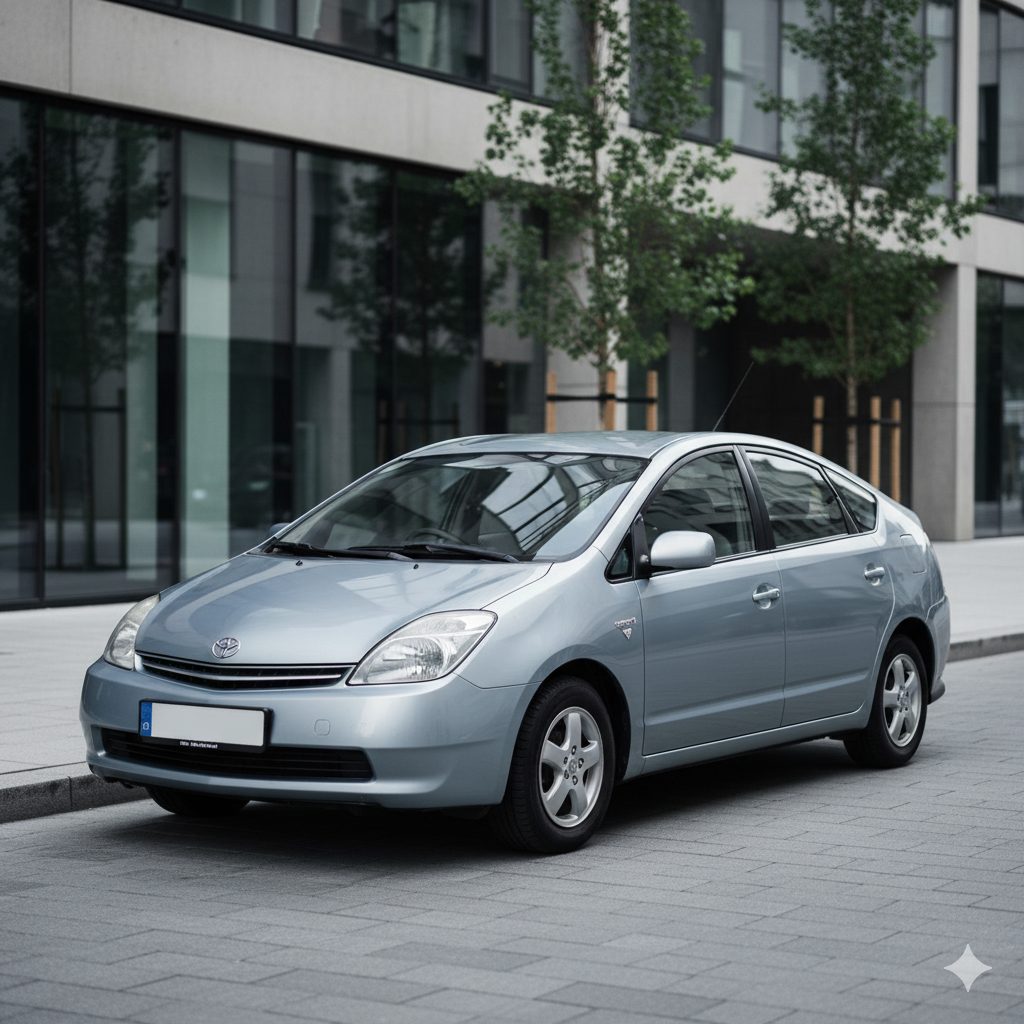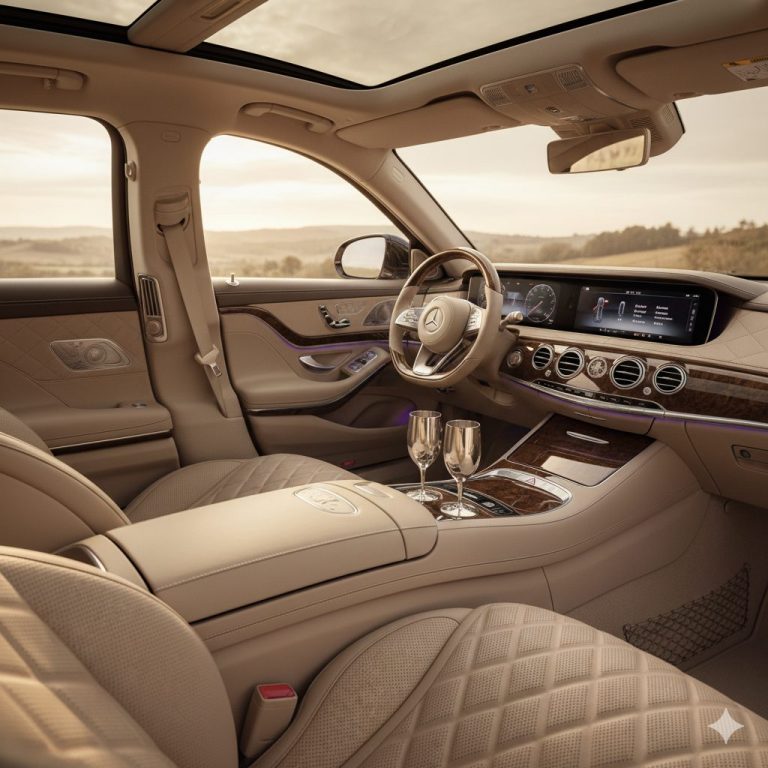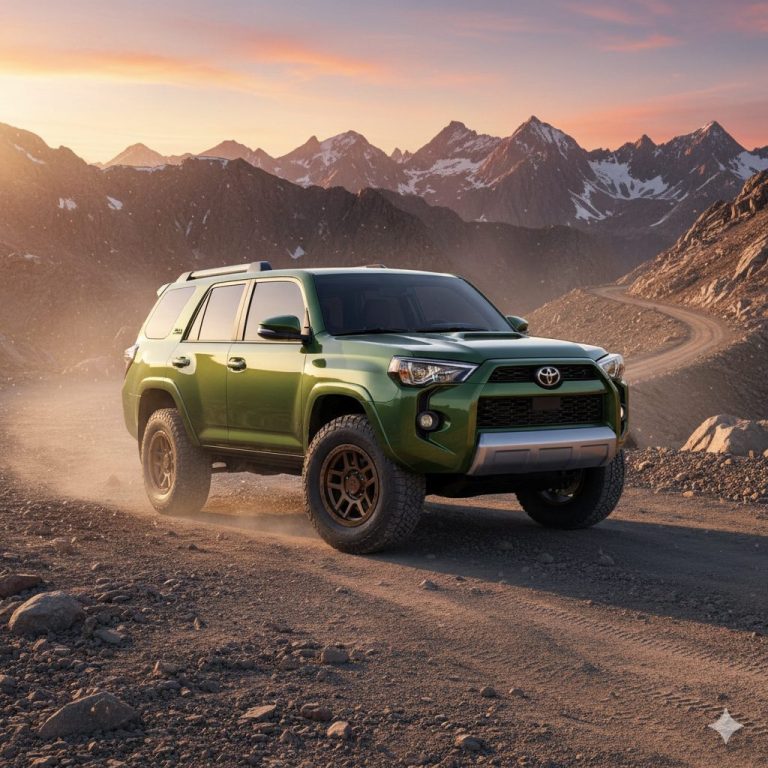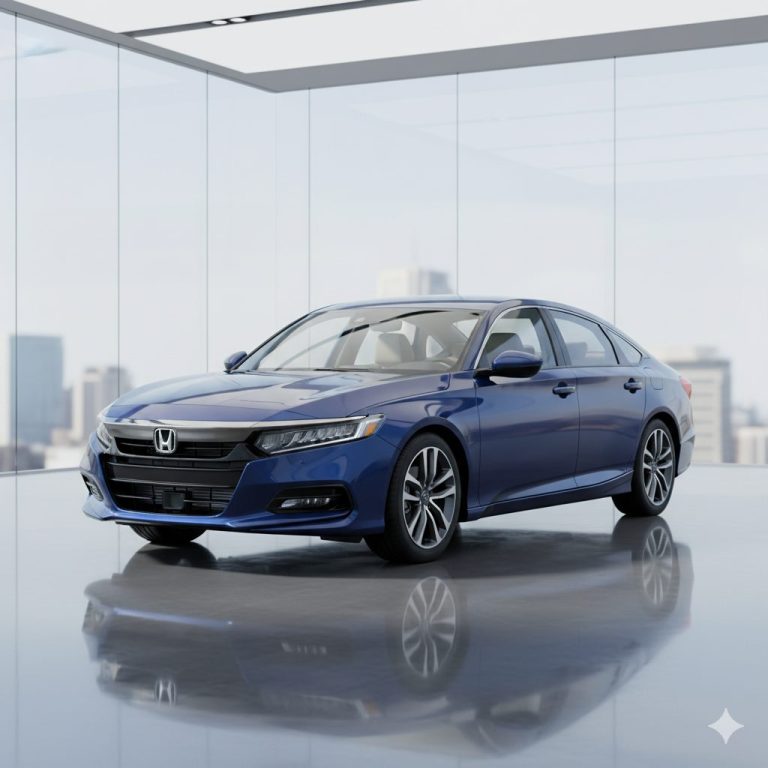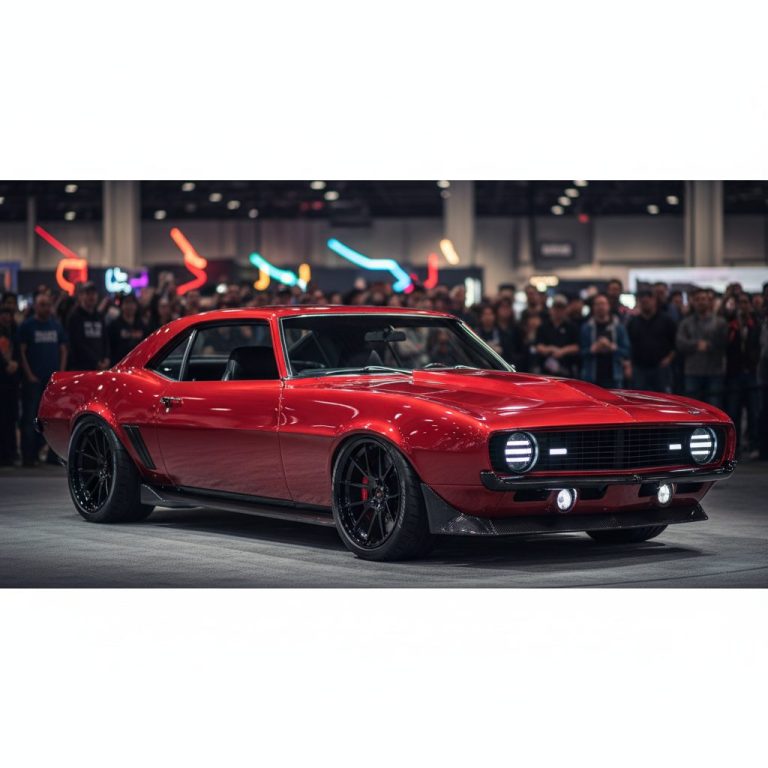Cars That Defined the 2000s Era
The 2000s changed the car world forever. From groundbreaking hybrids to game-changing performance machines, these cars defined an entire generation of innovation, design, and driving culture. Here are the most significant cars that shaped the automotive landscape of the 2000s.
Toyota Prius
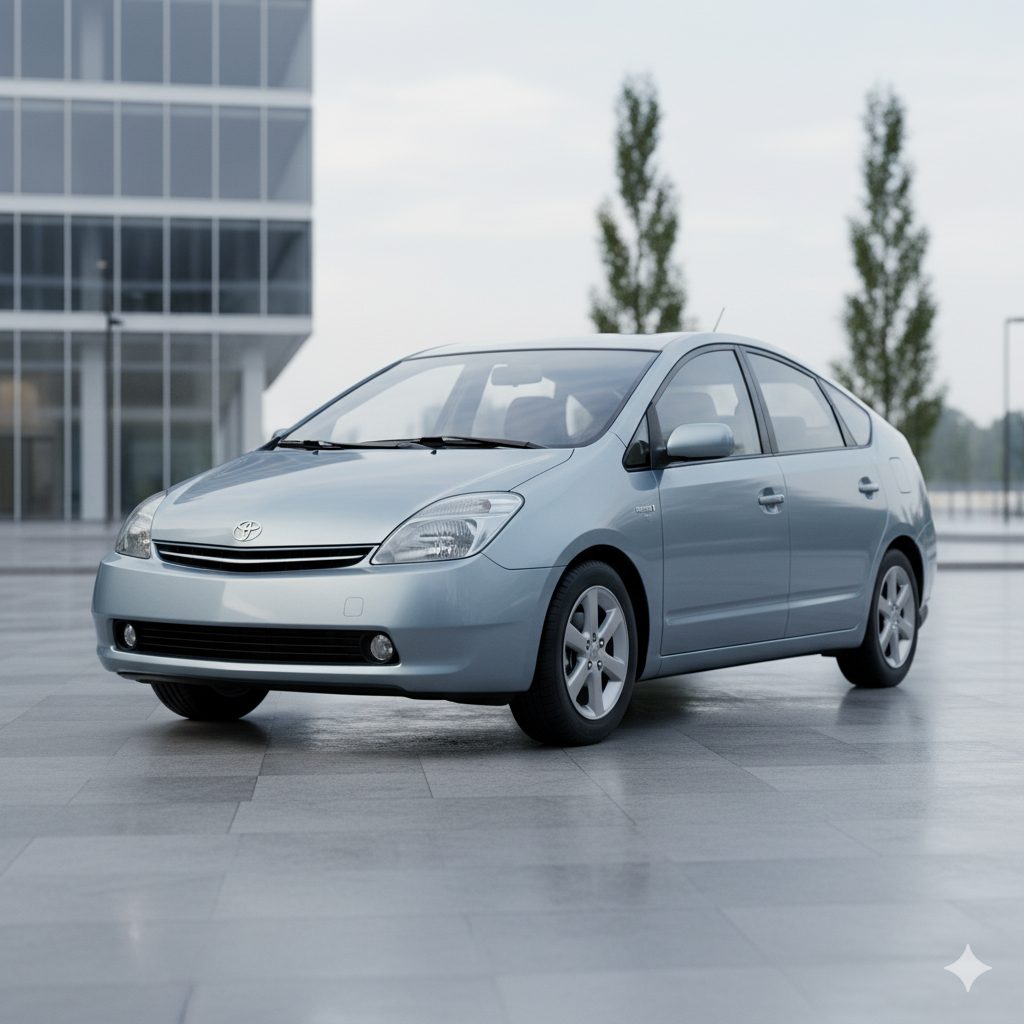
Honestly, the Prius kind of snuck up on everyone. Hybrid power sounded like homework in the late 90s, but by the mid 2000s it was the new normal, and celebrities were driving them to awards shows like it was a statement piece. Around $25,000 to $30,000 back then for a new one, and suddenly 45 to 50 mpg felt like magic you could actually buy. You don’t have to love it to admit it changed what “good” looked like.
Bugatti Veyron
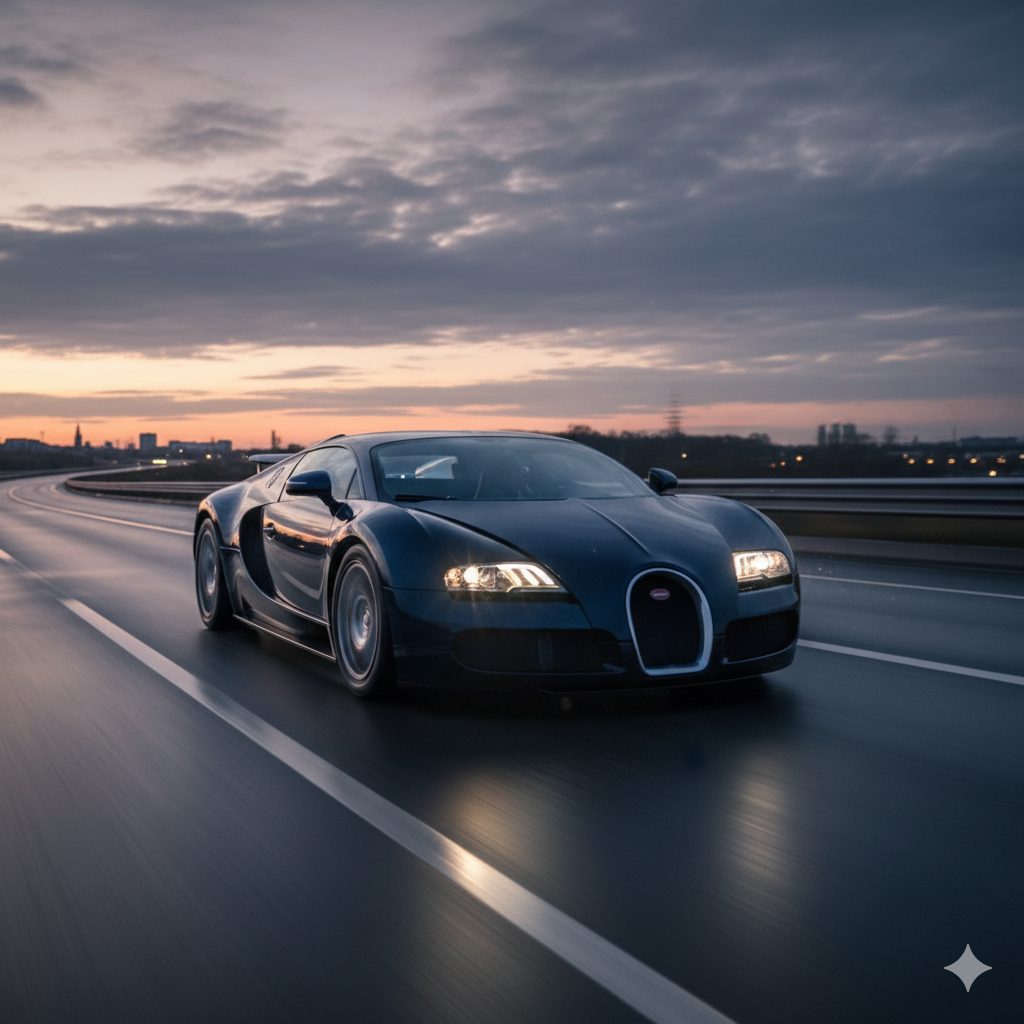
Not gonna lie, the Veyron was the car poster that refused to believe in physics. Quad turbo W16, 1,001 hp, 253 mph, airbrake the size of a patio door, and a price that made your accountant cry, usually north of $1.5 million when new depending on spec. It made speed feel kind of… civilized, which is terrifying if you think about it. Every hypercar since has been playing catch up on numbers and drama.
Tesla Roadster
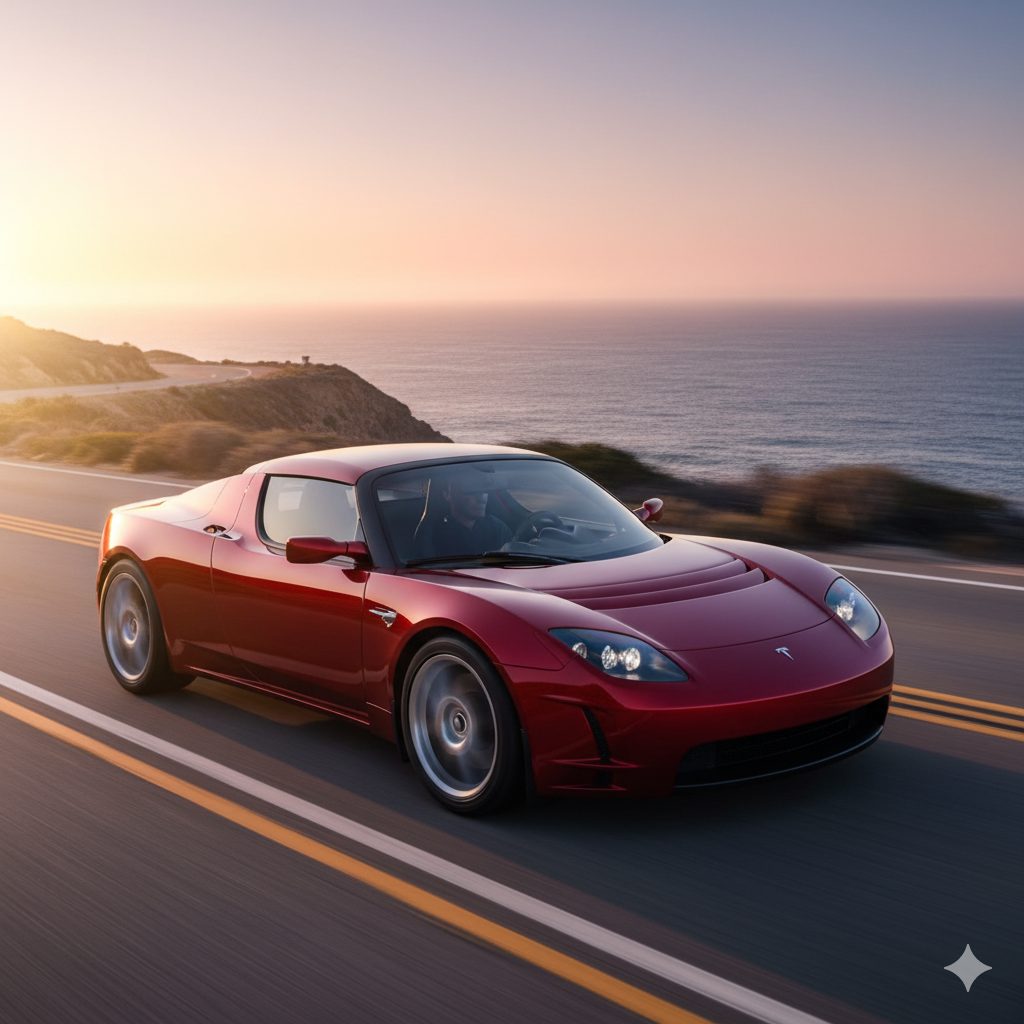
I mean, tiny Lotus bones with a battery pack that said “surprise, electric can be quick.” It wasn’t perfect, but it made EVs feel exciting instead of appliance-y. Prices were around $100,000 new, which sounded wild then, but it was basically the proof of concept that led to a whole shift in the market. You don’t get today’s fast EVs without this weird little slingshot.
Nissan GT-R R35

So yeah, Godzilla went global in 2007 and it felt like a software update for speed. Twin turbo V6, launch control that made your neck question life choices, trick AWD, and lap times that embarrassed supercars twice the price. New ones hovered around $70,000 to $80,000 in the early days, which was… rude, honestly. It set the template for “numbers first, still fun later.”
Porsche Carrera GT
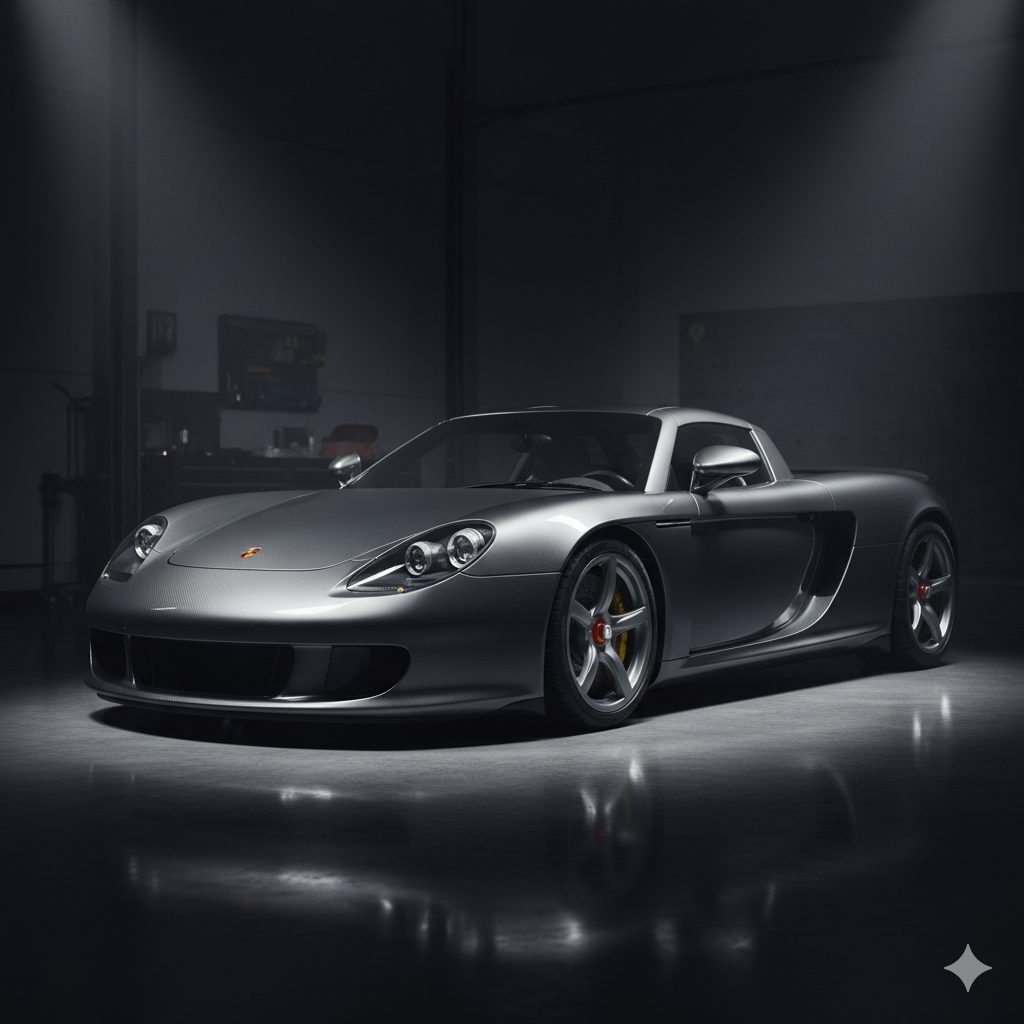
Dry clutch V10 that idles like it’s angry at you, a manual that demands respect, and a carbon tub that made the thing feel like a racecar sneaking onto public roads. Around $440,000 new in the mid 2000s, now deep into seven figures, but even back then it was significant because it proved analog could still be holy. It’s the car that makes drivers go quiet for a second.
BMW E46 M3

Silky straight six, 8,000 rpm yowl, size that fits actual roads, and a chassis that feels like it reads your mind. Prices for clean manuals now are all over, $30,000 to $70,000 depending on miles and spec, but when it launched in the early 2000s it was the sweet spot around $46,000. It set the daily track toy formula so many brands still chase.
Cadillac Escalade
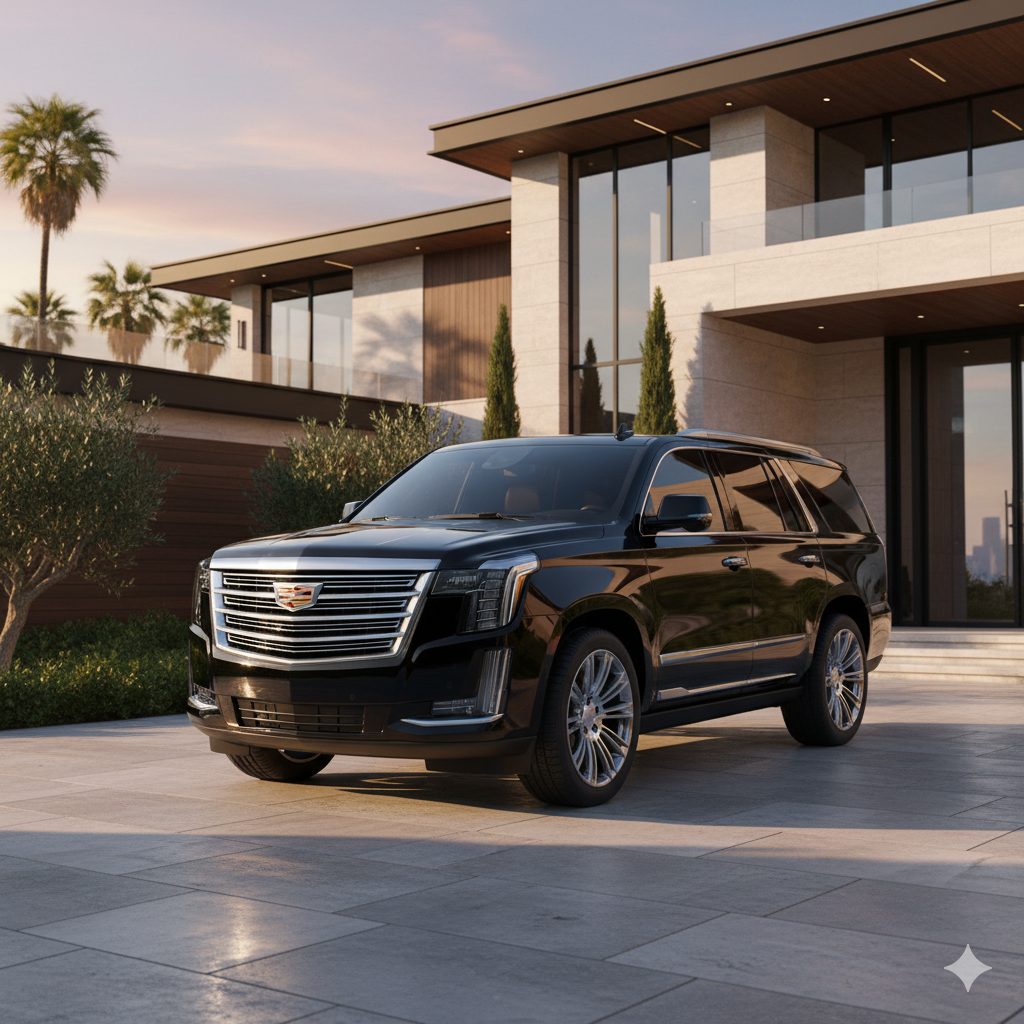
You can roll your eyes, but this thing shaped a whole decade of culture. Big chrome, bigger presence, and a luxury SUV boom that still hasn’t slowed down. New ones in the 2000s ran from roughly $55,000 to $75,000 and suddenly everyone wanted a high riding living room with a V8. It’s significant because it made SUVs aspirational, not just practical.
Mini Cooper (BMW era)
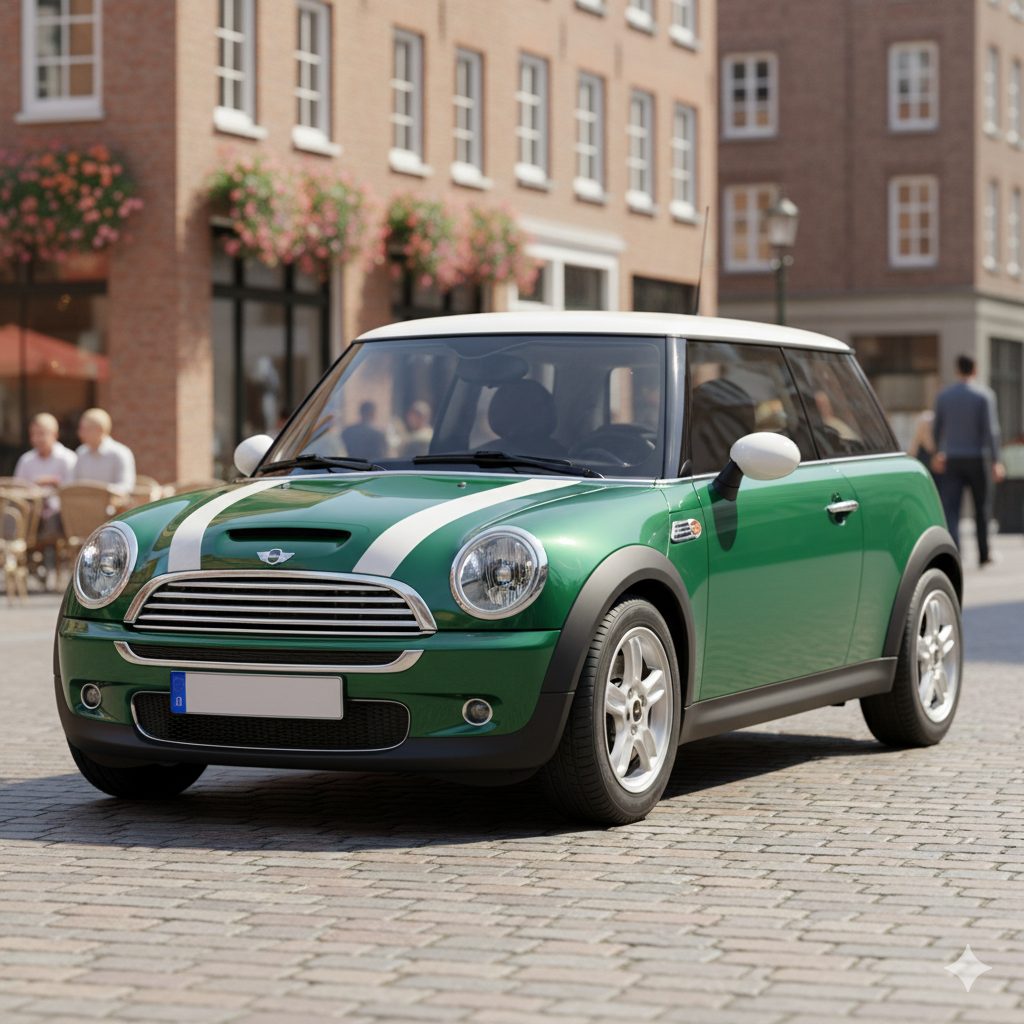
The rebooted Mini showed how to bring back a legend without making it a cartoon. Cute but purposeful design, tossable chassis, and personality that fit in city parking like a glove. Early 2000s models were in the $16,000 to $22,000 range, and they made small cars cool again. Also, the speedo in the middle was chaos and somehow worked.
Honda Insight (first gen)

Featherweight, teardrop body, manual gearbox hybrid with fender skirts like it was from the future. It did 60 to 70 mpg if you tried, and cost around $20,000 new, and yeah, it was weird, but the good kind. Honestly, it showed that efficiency could be a design language, not just a spec line. It’s the one car nerds still bring up when they talk aero and weight like religion.

